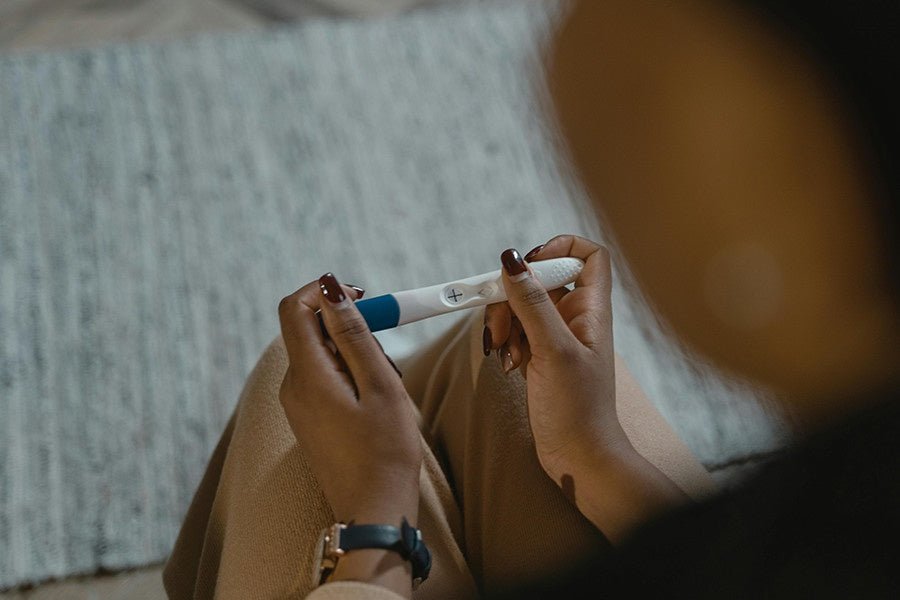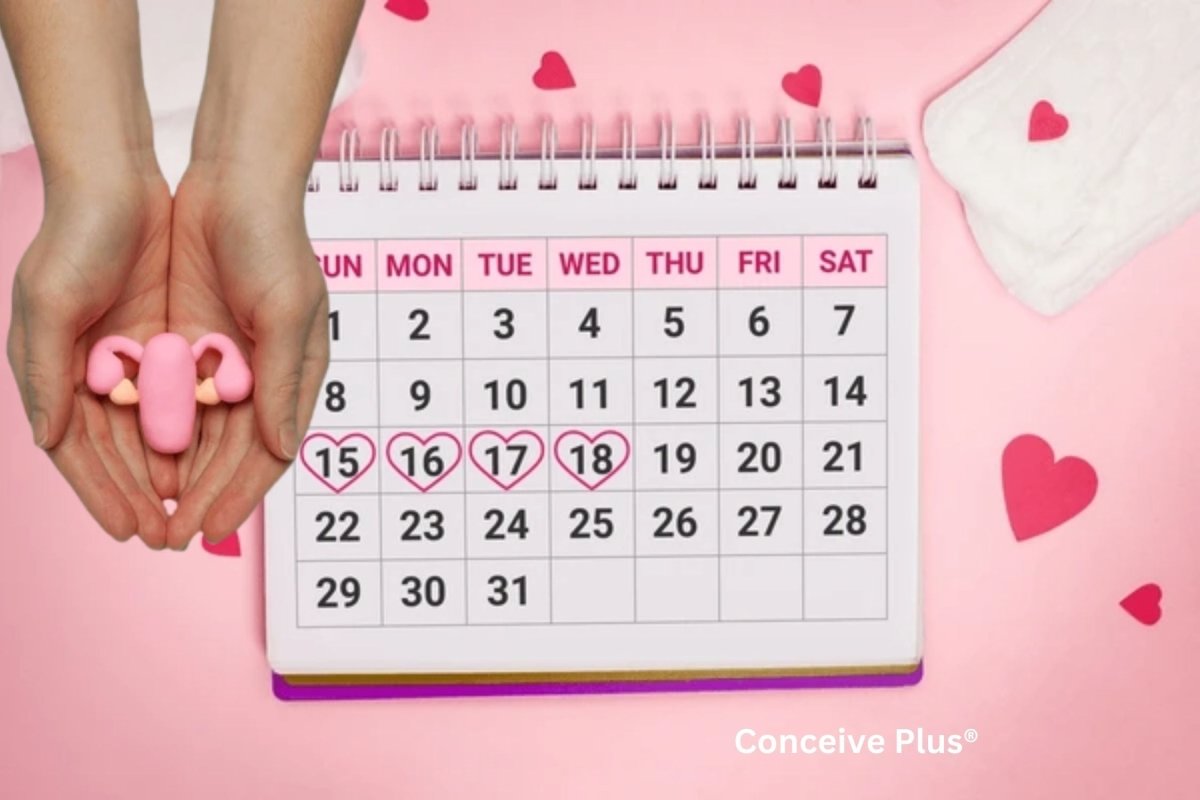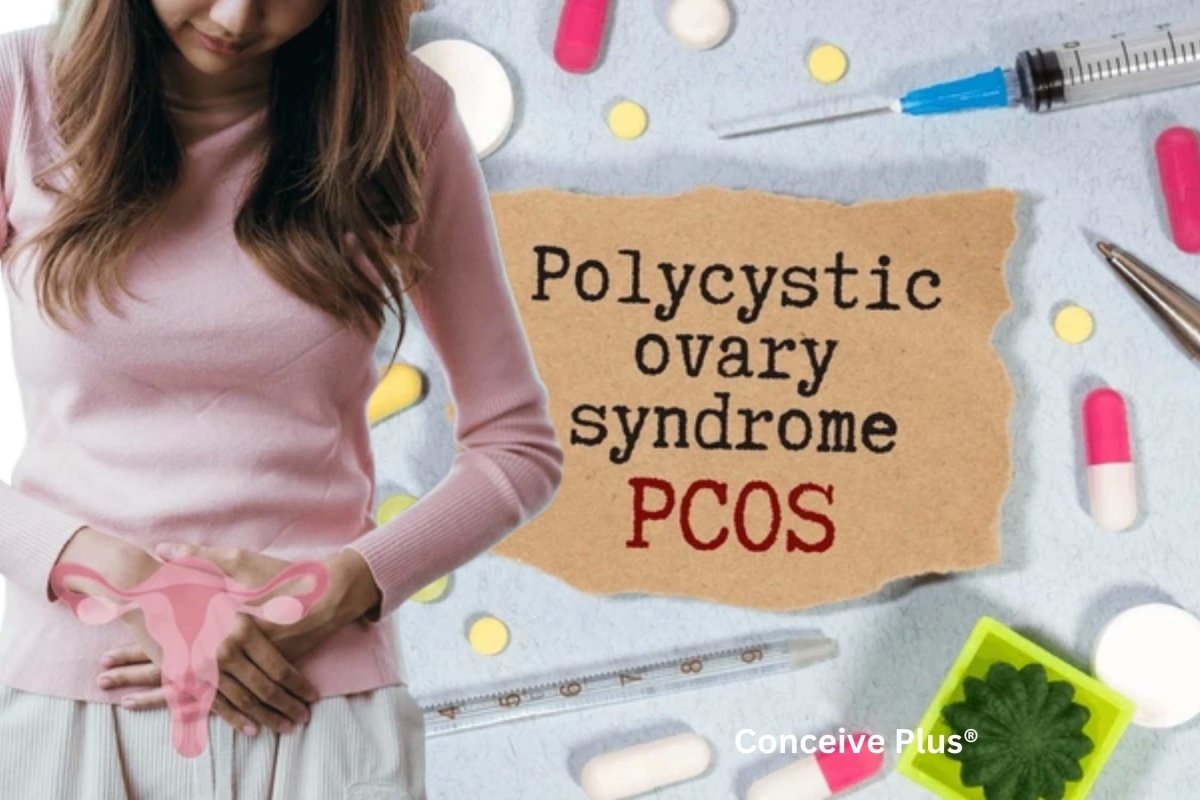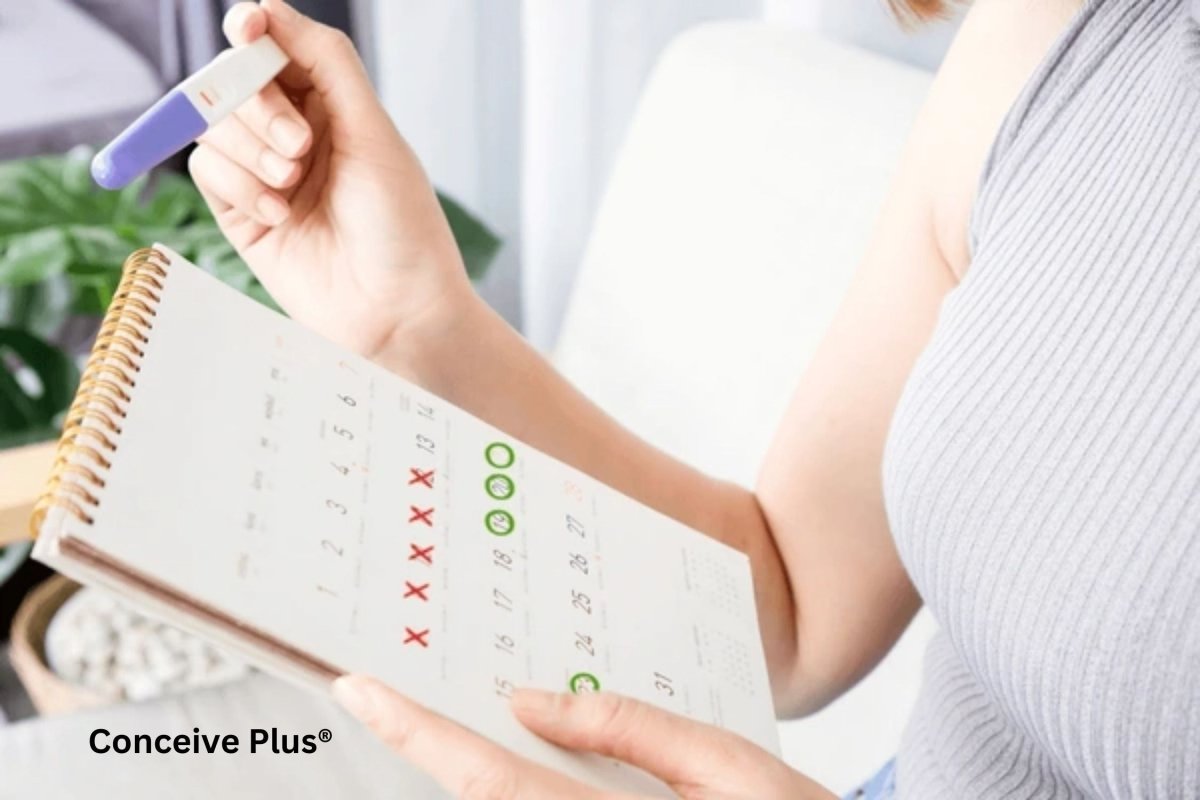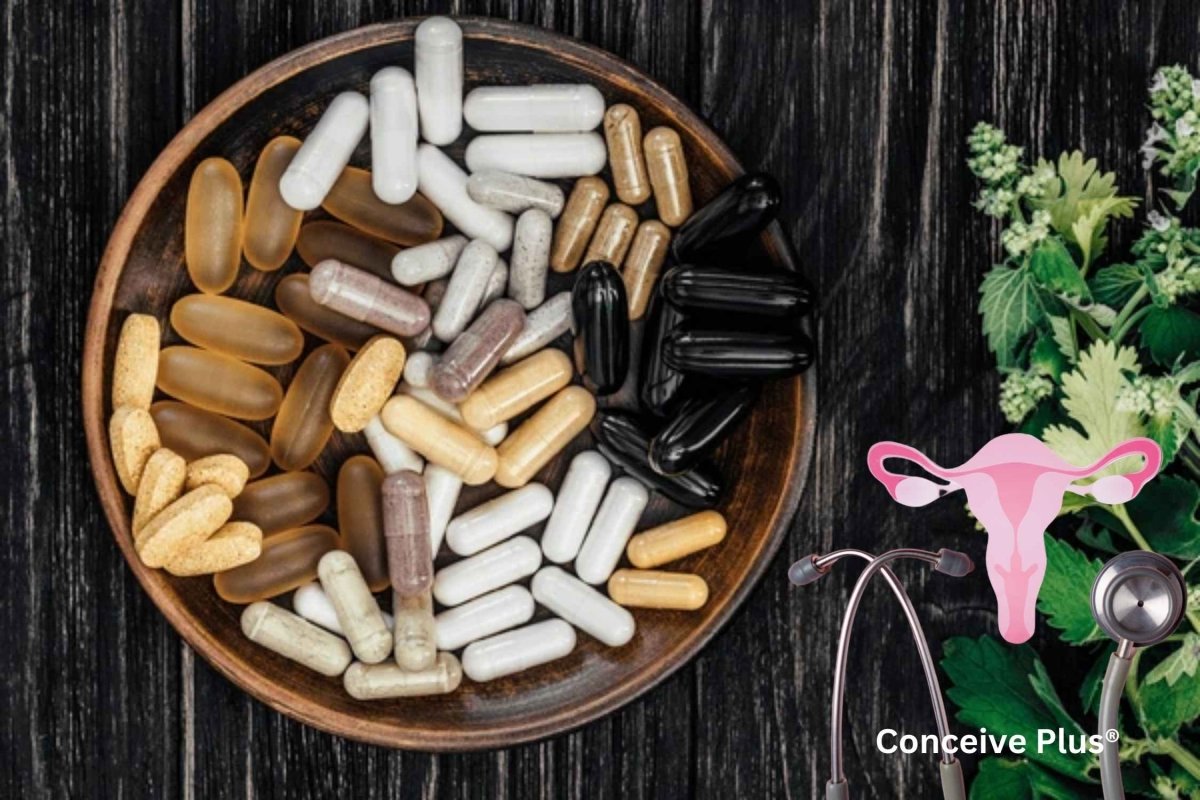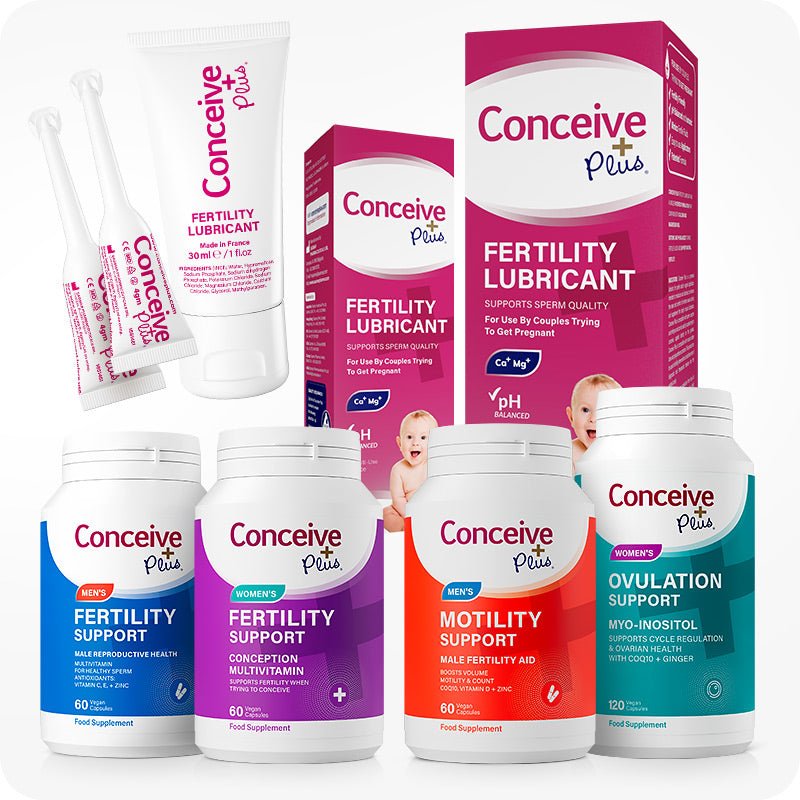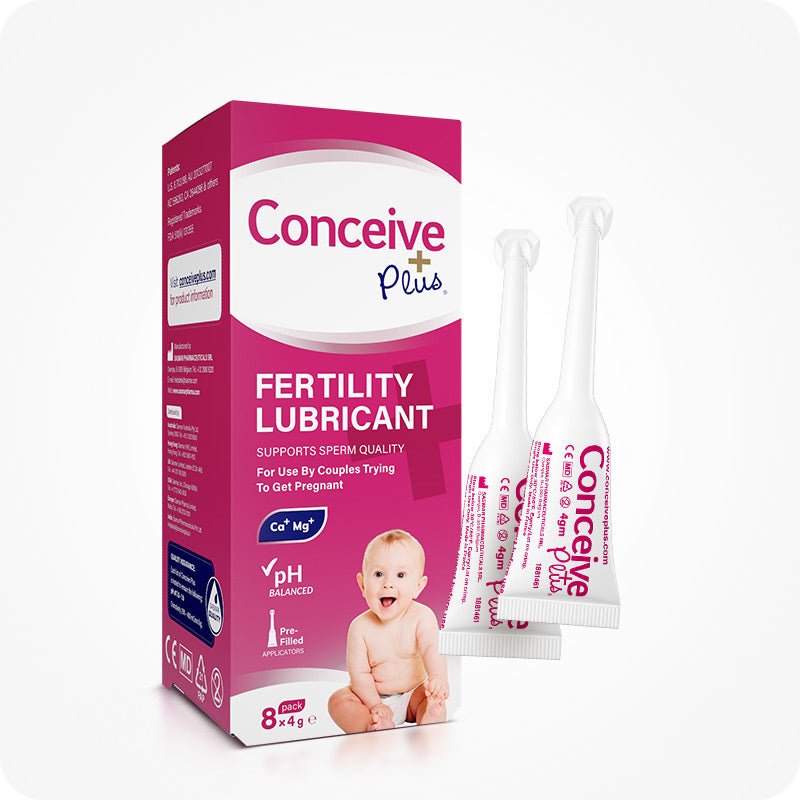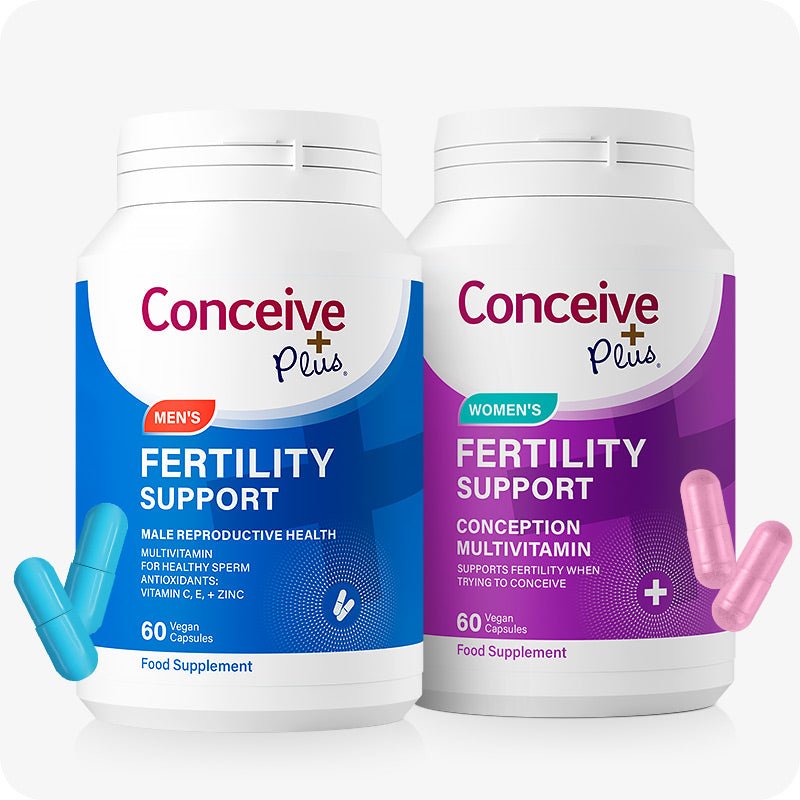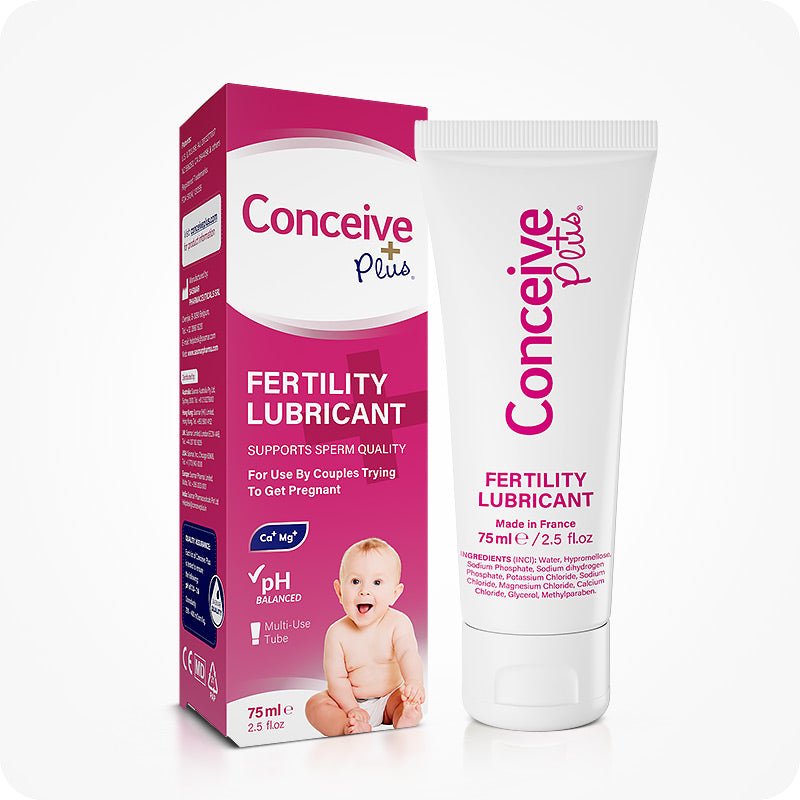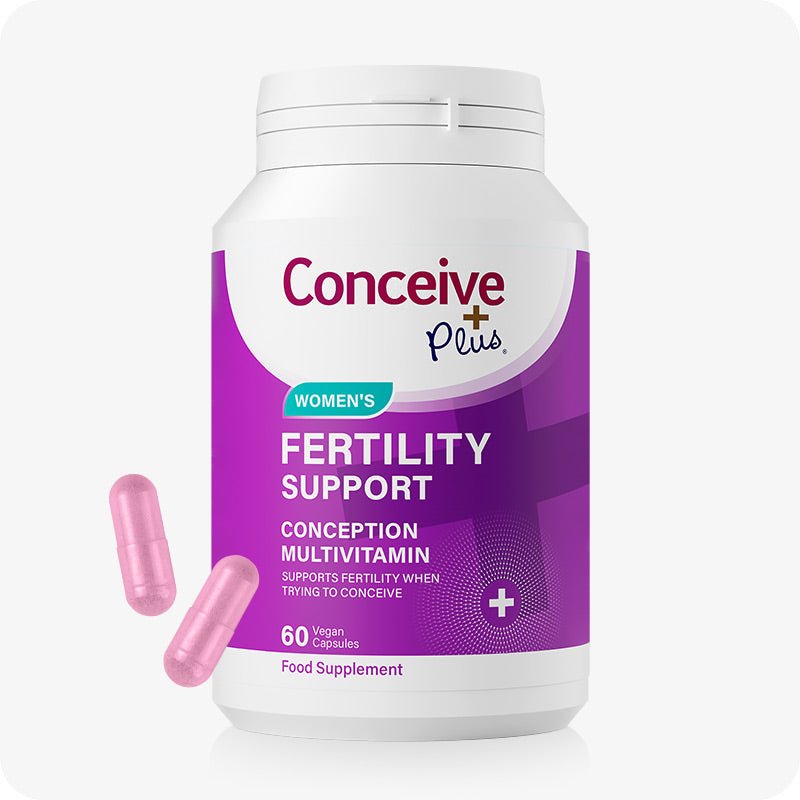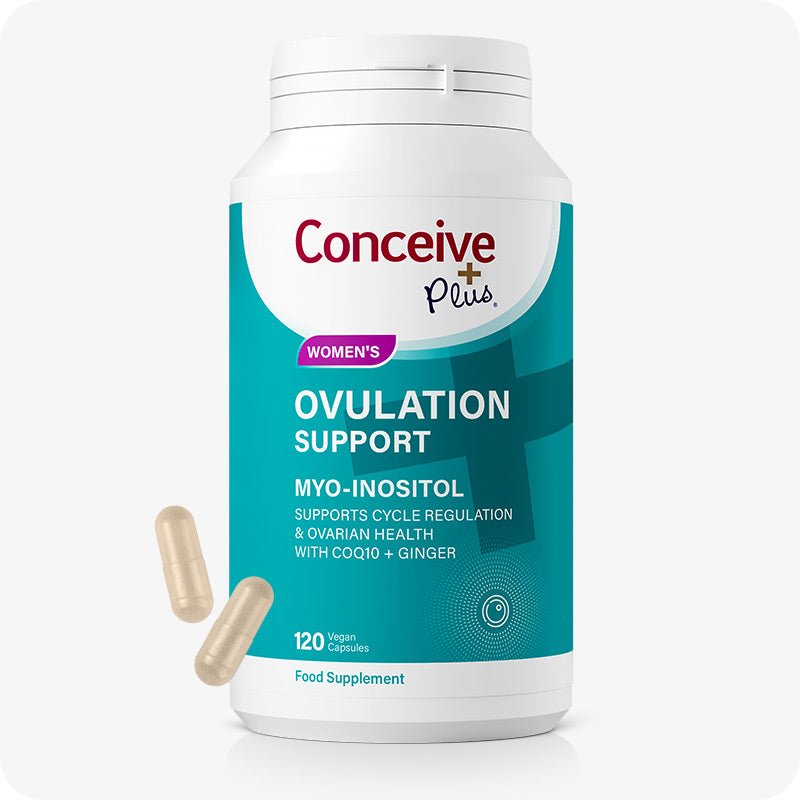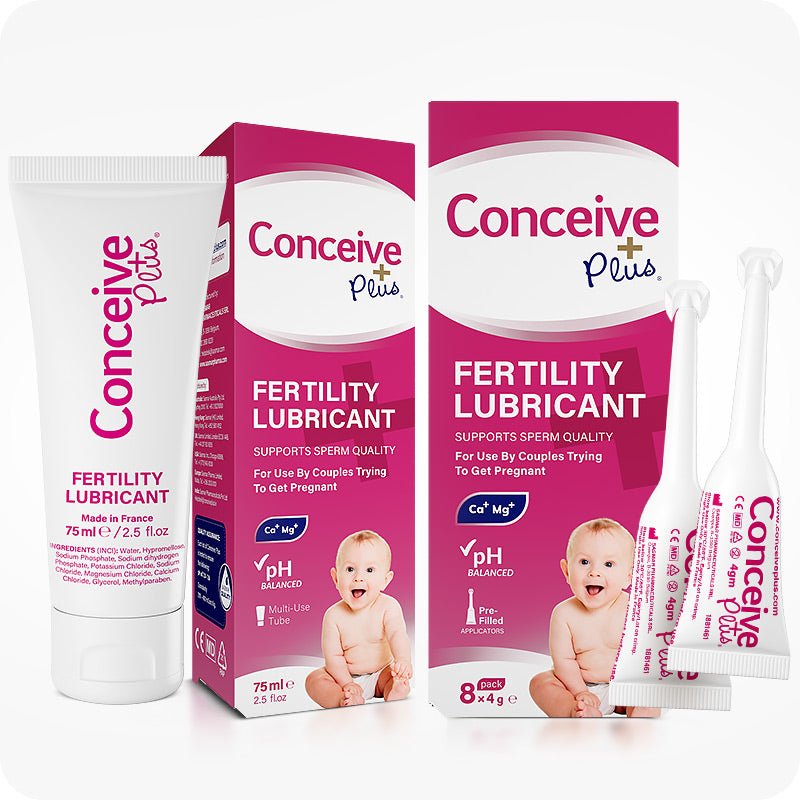How Old Should A Cat Be to Get Pregnant?
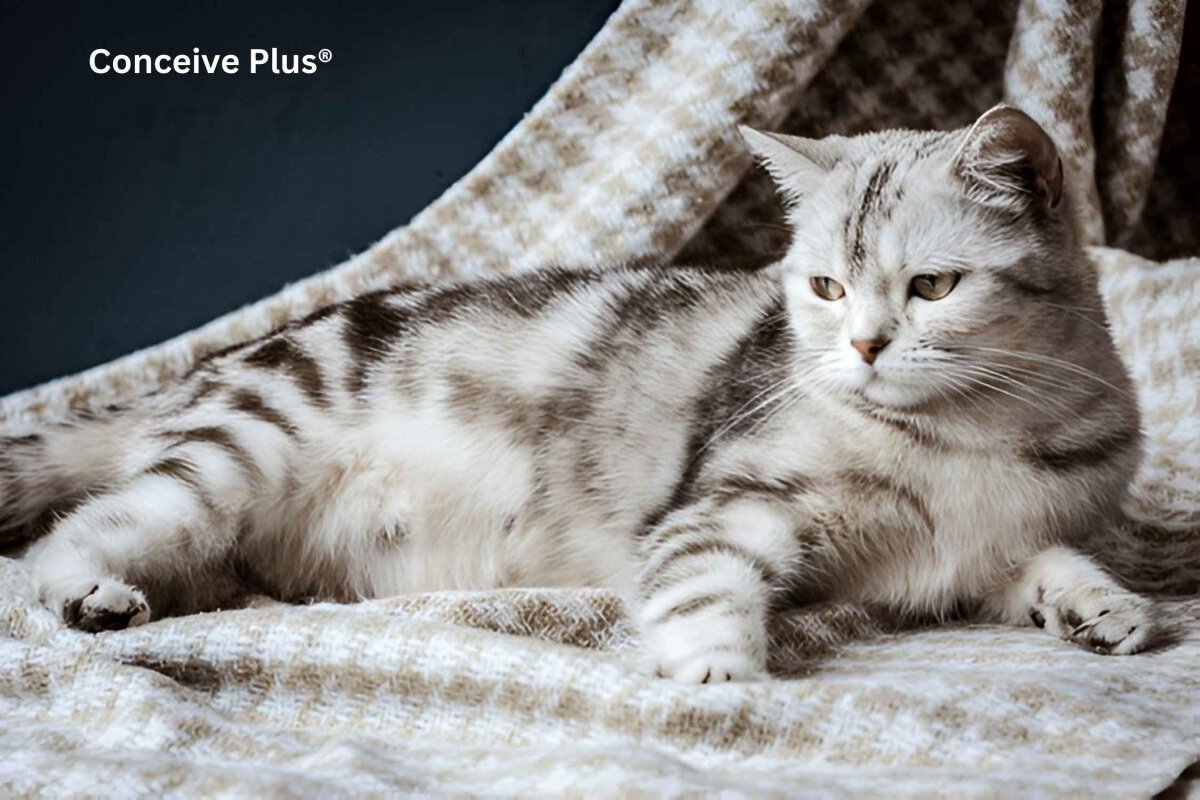
Whether you’re deciding to breed your cat or spay it, it’s helpful to understand at what age cats can get pregnant and how long a cat pregnancy lasts. You might also be wondering if your cat is already pregnant when she is still under one year old.
Cats breed much earlier than most expect, but they are also hardy creatures and well-capable in handling the challenges of pregnancy so early in life. This article outlines how old should a cat be to get pregnant, what signs can indicate cat pregnancies, and what you can do to support your cat and her kittens through labour and postpartum.
How Old Can Cats Be to Get Pregnant?
As soon as a cat’s heat cycles begin, she can get pregnant. Heat cycles begin when a cat becomes sexually mature and this typically occurs when they are 5-6 months old. That said, kittens as young as 3-4 months old have been known to conceive [1].
When female cats reach sexual maturity, they are referred to as ‘Queens’. From this point on, they typically have a heat cycle every two weeks, meaning cats can have more than one litter per season.
A female cat’s fertility normally declines at approximately 8 years of age.
How Long Are Cats Pregnant?
Cats are usually pregnant for 63-65 days, which is approximately two months. A cat pregnancy is divided into three ‘trimesters’ with each lasting around 20 days. During the first two trimesters, pregnancy signs and symptoms are not overtly obvious in cats, and many owners are unaware that their cat is pregnant until apparent changes occur in the third trimester.
How to Know if Your Cat is Pregnant?
The signs of cat pregnancy are not very evident in the first few weeks and most owners are not typically aware of the initial stages. One of the first obvious signs of pregnancy in cats is a change in their nipples and it normally occurs around days 16-20 [2].
Due to the changing hormones, a cat’s nipples become pinker and more prominent toward the end of the first trimester. This change is known as "pinking up."
During the early stages of pregnancy, cats are also known to become calmer and sometimes more affectionate.
It is in the final 20 days, or the last trimester, of cat pregnancy that most owners notice their cat is pregnant. During this stage, the abdomen enlarges as the kittens grow and the mammary glands swell in preparation for feeding them.
Cats also commonly groom their belly and under their tail more frequently in the days leading up to labour. Owners may also notice that they begin searching for a calm and comfortable location to nest in preparation for labour.
How Do you Know When Your Cat is in Labour?
Labour in cats often begins with subtle changes in their behaviour. For instance, you may notice your pregnant cat stops eating the day before labour and shows some signs of agitation, such as scratching their nesting area.
Some cat owners, on their vet’s advice, monitor their Queen’s temperature to predict when labour will occur. Typically, a rectal temperature drop below 100°F indicates that labour is imminent. During this initial stage, contractions will start but they may not be evident.
In the second stage of cat labour, it should become evident that your cat is straining as the first kitten moves through the pelvis. Delivery of each kitten typically takes 5-30 minutes and they normally emerge head first in a sac of foetal membranes.
The third stage of cat labour is when the placenta and remaining foetal membrane for each kitten are passed. These are usually a greenish-black colour and it’s perfectly normal for a new kitten to be delivered before the placenta is passed for the previous kitten.
After the delivery of all kittens, Queens will sometimes eat the foetal membranes.
Although it’s good to monitor your cat while it’s in labour, they usually don’t require any help. Therefore it’s recommended not to interfere in your cat’s birthing process unless obvious complications arise [3].
How Long Are Cats in Labour?
Most cats will give birth to all their kittens within six hours, although breaks between kittens are normal. If contractions last over 20 minutes without producing a kitten, or if a kitten is visible in the birth canal for more than 10 minutes without being delivered, it’s advisable to contact a veterinarian.
Postpartum Cat Care
After your cat gives birth, ensure the kittens are dry and their airways are clear. Clean any soiled bedding in the nest box to keep the cat and kittens warm and dry. Vets recommend maintaining a temperature of 29-32°C in the nest box for the first week and kittens might need some help finding their mother’s nipples for their first meal. If you notice the Queen is not nursing her kittens or rejecting them, seek veterinary advice.
The Bottom Line
Cats can get pregnant when their heat cycles begin, which is typically when they are 5-6 months old. However, some cats are known to start their heat cycles and get pregnant as young as 3-4 months old. Cat pregnancies typically last for about 2 months and labour can take approximately six hours, depending on the amount of kittens born.
In general, cats are happy pregnant animals and competent in dealing with the challenges of labour on their own. While it’s wise to monitor their labour to ensure all is going well, vets advise against interfering in the feline birthing process unless complications arise. Understanding how old should a cat be to get pregnant helps owners make informed decisions about breeding or spaying their pets.
References
- International Cat Care - Cat Pregnancy - https://icatcare.org/advice/cat-pregnancy/
- Bond Vet - Cat Reproduction: Heat Cycles, Pregnancies, and More - https://bondvet.com/b/cat-reproduction
- PetMD - Cat Pregnancy: The Complete Guide - https://www.petmd.com/cat/conditions/reproductive/cat-pregnancy-and-kittens-complete-guide


